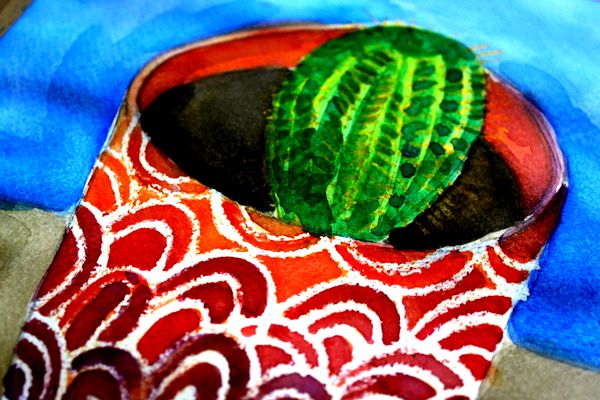
How it operates
This method is focused on the concept that water and wax don’t mix. Beginning with drawing the waxy crayon on your paper, you’re creating a place in which the paint won’t go. Rather, it’ll bead from the wax.
Tools required for this method
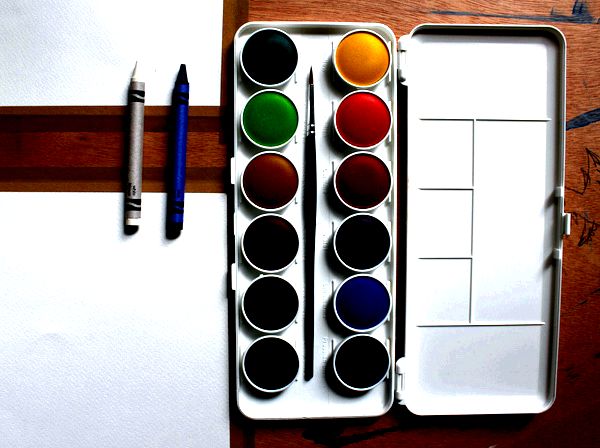
Its not necessary lots of special tools to produce the wax resist painting. I’ve my group of watercolor paints plus some crayons I purchased in the pharmacy. Additionally, I am utilizing a sheet of cold press watercolor paper.
Tip: For that wax resist, it’s essential that you have solid, crisp lines. So, I’d recommend using hot press watercolor paper, or anything with very little tooth as you possibly can. Otherwise, a few of the watercolor pigment might seep to your lines. (I discovered this the painfully costly way!)
Try out your wax resist
Before you apply this method for your watercolor works of art, it’s vital that you test drive it on the scrap piece of paper. This way, you’ll possess a better concept of the way it will interact with your paper and paints and you skill to enhance.
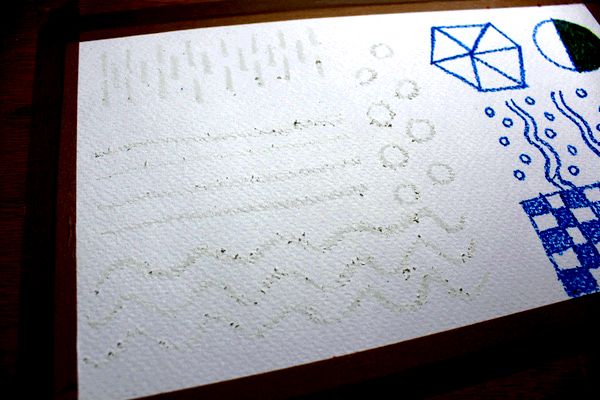
I recorded certificates to my drafting board after which came around the paper using two colors of crayons — white-colored and blue. I wasn’t sure the way the technique would make use of a crayon apart from white-colored, however i wanted to discover!
To start, I made use of my white-colored crayon to attract on 1 / 2 of the paper. I pressed hard and evenly. Since my paper has some tooth, I returned over my lines. You will see I did not draw anything special — some small, random shapes. It does not need to be fancy. I repeated the procedure with my blue crayon.
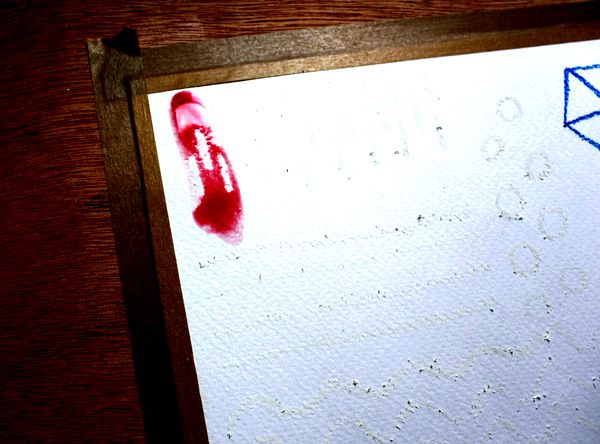
Remember, the paint goes wherever the wax isn’t. So, if there’s inconsistency inside your application, the process may not work in addition to it ought to.
After you’re carried out with the crayon, proceed to the painting process watching the special moment happen. Brushing your paint within the wax will make it bead on the top from the lines and onto all of those other paper. That’s good — this means the process is working.
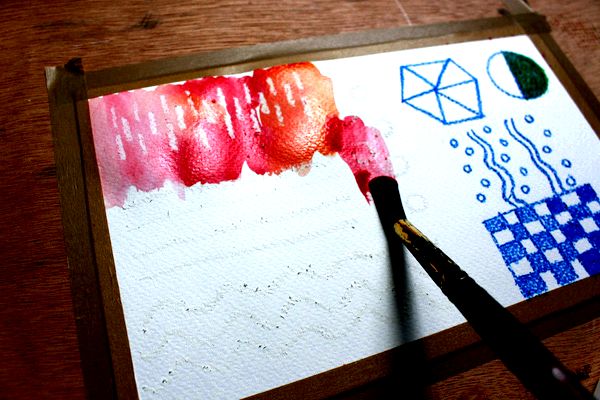
When the test paper dried, I examined the white-colored crayon in comparison to the blue crayon. I truly loved the way the wax resist using the white-colored crayon switched out. Because we all know what color the paper is underneath, it gives the look which i used some kind of masking fluid or tape to section off that paper. Rather, I went the simpler route – you cannot even tell that there’s crayon around the page!
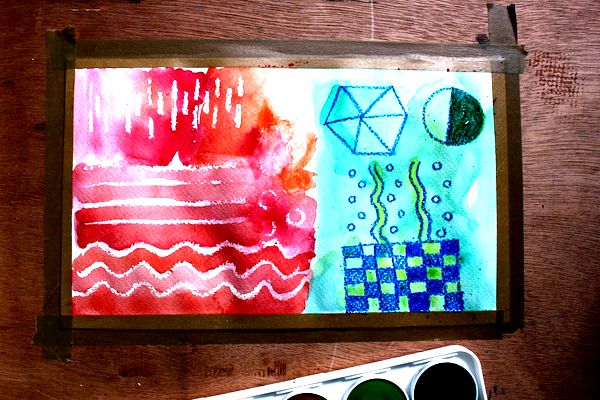
Nowhere crayon had a lesser “wow” effect for me personally. My watercolors didn’t obscure or cover the waxy lines, however it didn’t look as special because the white-colored crayon.
While using wax resist used
By performing this straightforward test, Now i have a feeling of how things will appear after i make use of the wax resist inside a painting.
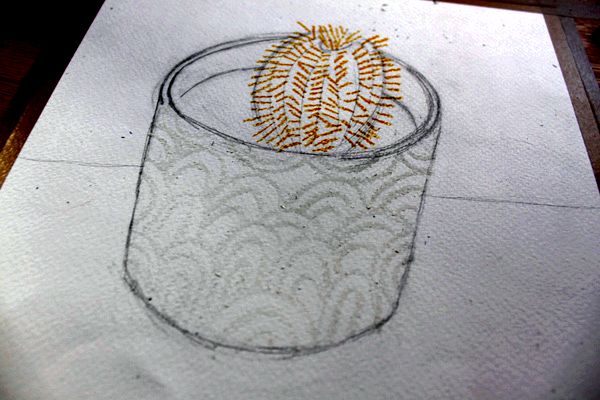
Generate income opt for the wax resist strategy is decorative. Since you’re drawing lines on the page, you’re risking flattening your subject and which makes it look less realistic. So, it will work better that i can make use of the crayon like a fun accent — such as this potted cactus.
I completed my painting in the same manner that I’d normally use watercolors. First, I sketched the look gently in pencil. Then, I came the ornamental lines with my crayon, including scallops around the pot. I additionally used a yellow crayon to attract the needles from the cactus.
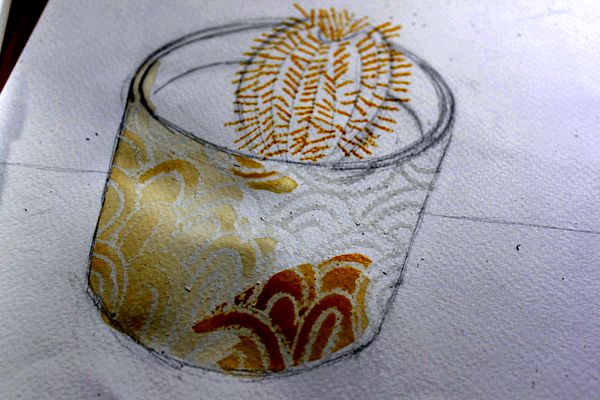
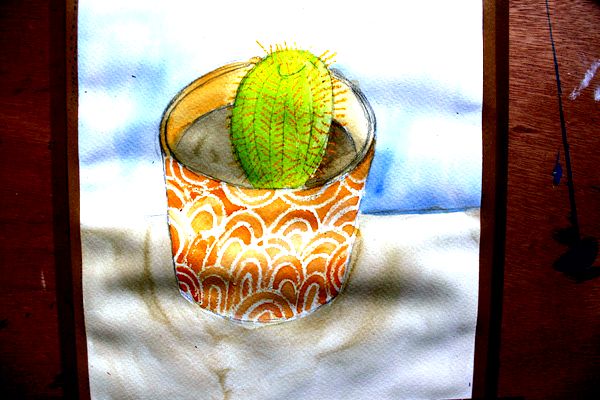
After I came within the details with crayons, I colored when i would. I labored in layers to develop color and form. You will see the white-colored crayon again looks great as the yellow will get lost one of the pigment.
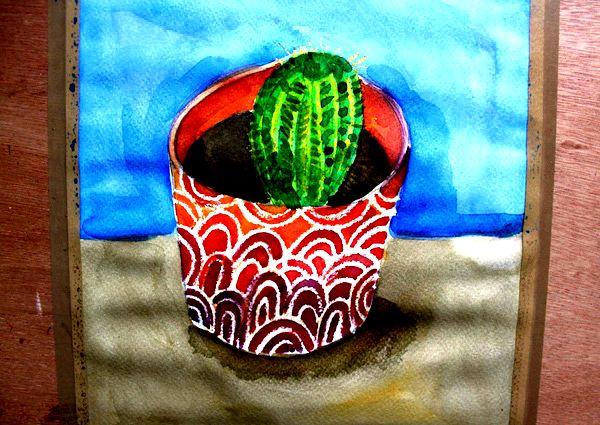
You will see the white-colored crayon again looks great as the yellow will get lost one of the pigment.
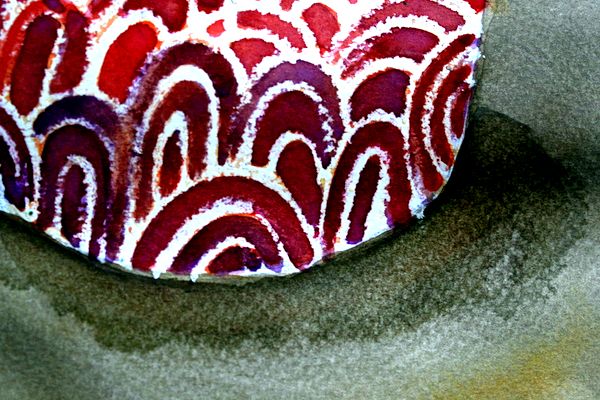
Have you ever attempted this method before?
Resourse: https://craftsy.com/blog/2015/05/wax-resist-painting/